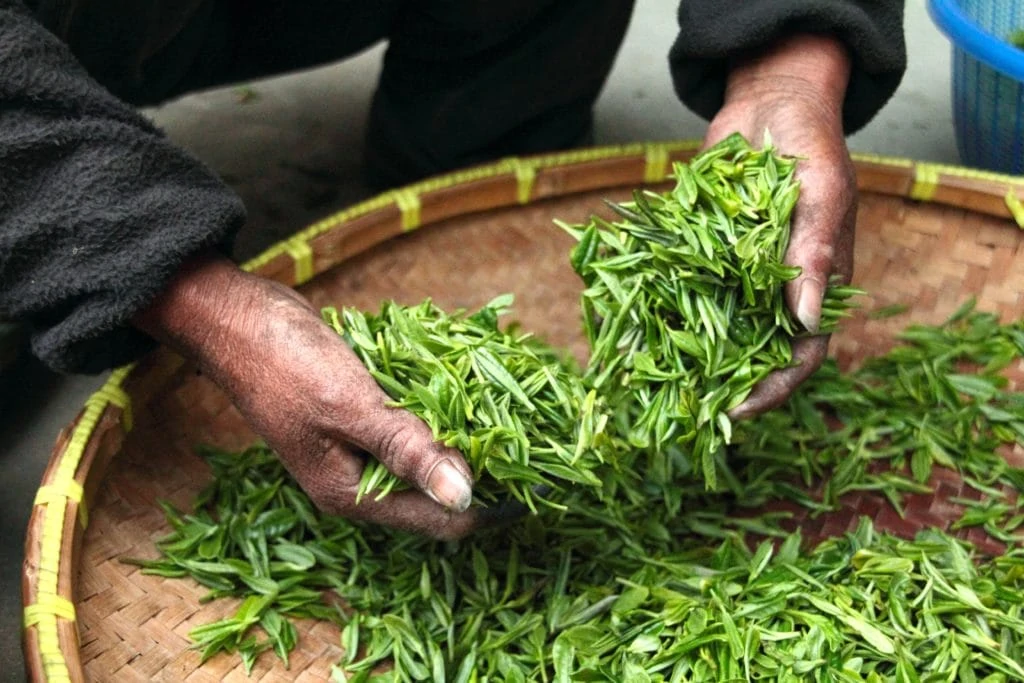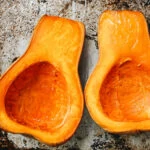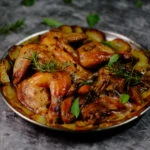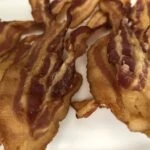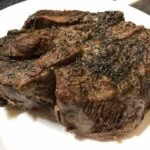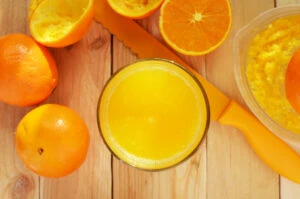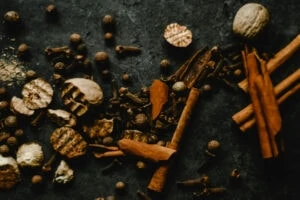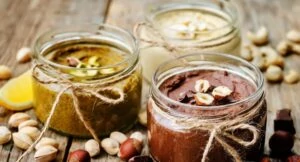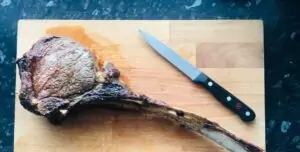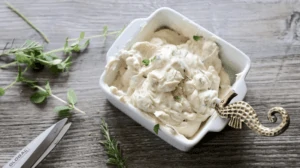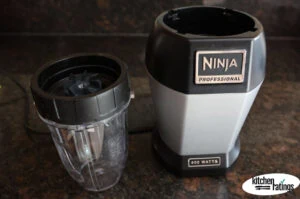Tea is such a part of what makes us human. For nearly everywhere in the world, tea is what people offer friends, and many people drink tea every day.
So it’s worth it to learn exactly how to make the perfect cup of tea at home. The difference between a well-brewed, perfect cup of tea and one in the hands of an amateur, matters. The good news is that you don’t have to master a tea ceremony to get a cup of tea that’s far better than slapping a paper mystery tea bag into a mug of microwaved water.
You and your guests will be thankful you took the time to learn how to make a proper cup of tea.
Understanding the Types of Tea
Believe it or not, white teas, green teas, oolong teas, and black teas all come from the same plant. Anything else is what is referred to colloquially as herbal tea. These would be your varieties such as jasmine, mint, and yerba maté.
So what makes black tea black and green tea green, if they as well as oolong and white come from the same plant? It the different processes applied to the plant once those tiny tea leaves — about 2,000 to make a pound — are plucked.
One main difference in teas is the level of oxidation. Oxidation is the same process you see when a banana gets old on your counter and starts to turn brown. The cell walls break down and enzymes interact with oxygen. In the world of tea, you might hear this referred to as “fermentation,” but oxidation is what it is.
White tea is the tea with the least amount of processing and the most delicate flavor. Green tea is tea from leaves that have not been allowed to oxidize. Oolong tea has the most complex preparation process, with varying levels of oxidation. And black tea is from leaves that have been allowed to oxidize completely.
Let’s look at how to turn any of these into the perfect cup of tea.
Water
If you’re happy with your tap water, it’s perfectly fine to use for your cup of tea tea. But you might consider buying a carbon filter water pitcher if your local water has a particular tea taste. You’ll want to get the water to just the optimum temperature, which brings us to the tools you’ll need for a more perfect cup of tea.
Kettle
Though some kettles out there for the stove are gorgeous, a China teapot isn’t your only ticket to a proper cup of tea. An electric kettle will get you the exact temperature you need. They’re starting to come in some beautiful designs as well. We get into the temperatures below.
Filter
One of the tools you’ll most likely think of first when you think of tea is the tea strainer or teabag. But that’s a fairly new invention. While tea goes back thousands of years, the tea bag was an accidental invention just over a century ago.
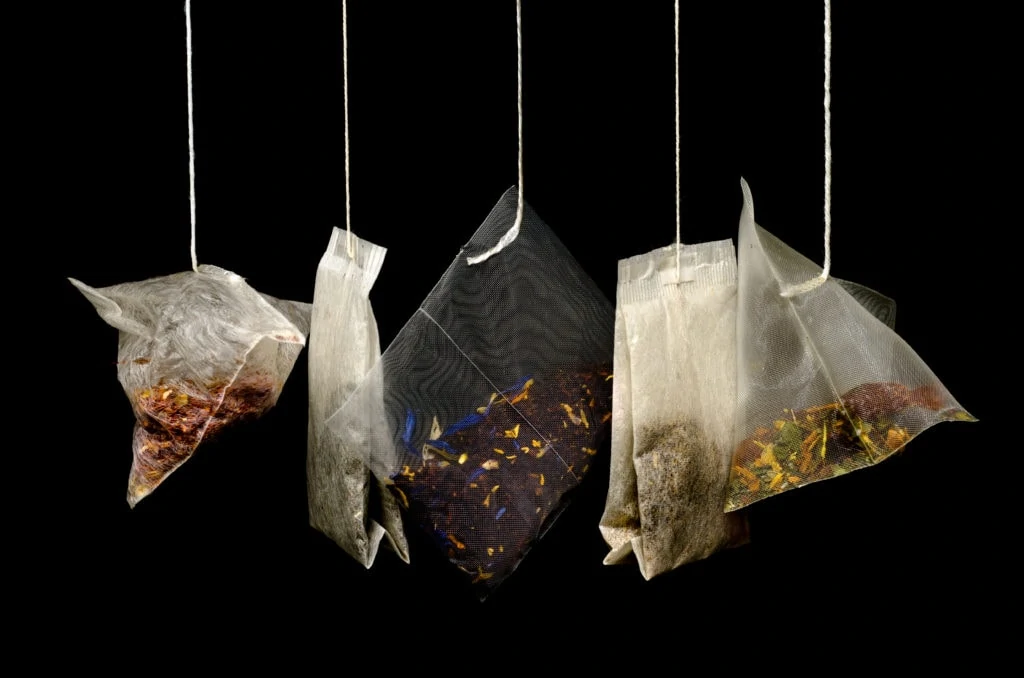
They tend to be superior to bags because tea leaves need to expand to release the full potential of flavor. That’s why bags tend to use smaller pieces of lower quality. These cheaper grades are called “fannings” or “dust.”
Worse, the paper filters don’t allow the water to flow as freely through the cup. Some companies have started using larger tea bags with better leaves, but loose leaf tea is going to give you a more quality experience most of the time. It also produces much less waste.
The filter can be anything from a bag to a basket in a mug to the filtered straw called a bombilla traditionally used for maté. When the tea goes inside the device, it’s called a tea infuser. You want to make sure you find one large enough for the tea to expand, with holes that allow the water to flow through easily. Infusers built into kettles and bottles can be convenient, but make sure there’s a way to remove them, so you don’t over brew your cup of tea.
Tea comes in two varieties: whole leaf and loose leaf tea. Whole leaf tea is what it sounds like, a tea made from unbroken leaves. This is the high end of the tea market.
How Much Tea to Use
A general rule to stick to is one teaspoon of tea leaves to every 8 ounces of water. You may want to measure the volume of your favorite mug with a measuring cup at least once because some can be much bigger.
What’s tricky is that the amount of tea you want is really in grams, 2 grams to be exact. A more open leaf, often found in white tea or oolong, may take more to get to that weight.
Experiment and find what works for the tea you buy, or get a tea scale.
Water temperature
The right temperature for your tea varies by variety. Black, dark oolong and herbal teas are fine with boiling water.
More delicate teas, such as green, green oolong, and white teas need water that’s a little cooler, around 180 degrees.
If you don’t have a thermometer, you can simply boil water and then let it sit for five minutes to get an approximation.
Brewing Time
If you’re using the hot tea water method most commonly, you’ll want to brew most teas for only 3 to 5 minutes to reach a proper cup. Any longer, and it risks getting bitter.
The lighter oolong teas, as well as green tea, will only need 2 to 3 minutes.
You could also use the sun brewing method, which produces a mellow flavor. Put the appropriate amount of tea in a large glass container, and leave it in the sun for 3 to 5 hours, rather than minutes.

Brewing Cold Tea
Making your iced tea is quite simple. You just have to account for the extra liquid that will come from the ice. To do it, double the amount of loose tea leaves and steep as you usually would. Then add ice until the level of the water doubles. Add milk according to personal preference.
Extras in Your Tea
Iced tea benefits from some mint and lemon (which look nice for serving guests as well).
For hot black tea drinkers, in the UK especially, some add milk or cream. Sugar is more common globally. It’s up to personal preference.
The trick is to experiment. Try something new every day for a month, and chances are that you’ll find your favorite brand, method, variety, and recipe that will bring the perfect cup of enjoyment, well worth the effort.

